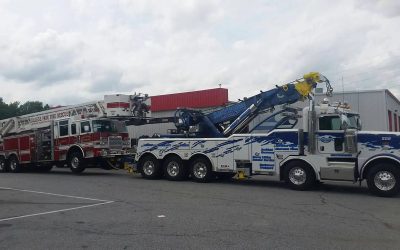Many industries today use ballast materials. Depending on the business you are in, a ballast can mean different things. For example, to an electrician, ballasts make it possible for fluorescent lighting fixtures to use very high voltage from standard AC voltages. On the other hand, in the nautical industry, ballasts keep ships on track by countering weight. The lead ballast is a popular choice for weights and counterweights and here is information about this material.
Why Do Ships Need Added Weight?
Most vessels are not made bilaterally symmetrical. In other words, they have components like decks, sterns, bows, engine rooms, cabins, and it’s nearly impossible to manufacture and install these features where everything balances out perfectly. To make up for this imbalance, lead ballast material is often used.
Why is Balance So Important?
If a large vessel isn’t balanced, it could have issues with buoyancy. This is a vital consideration because large bodies of water like oceans are not stable like land. If you come across rough seas and times of storms, your vessel could toss and pitch, and if not in perfect balance, it could easily capsize and sink, and this could result in a terrible maritime disaster.
Other Lead Ballast Uses
Large heavy weights are important for elevators. Drawbridges must have weights to balance out the drawing mechanism. Any large structure that moves materials (like cranes) needs counterbalancing weight.
Why Lead?
Lead is one of the best materials for weights and counterweights. In fact, it’s the most cost-effective material because of its density. It takes far less lead than steel or other material to make heavy weights. In water vessels, lead is an excellent choice because it’s highly resistant to corrosion. Thanks to materials like lead shot, you can have ballast weight in just about any shape or size. The top manufacturers can give you custom manufactured weights.







